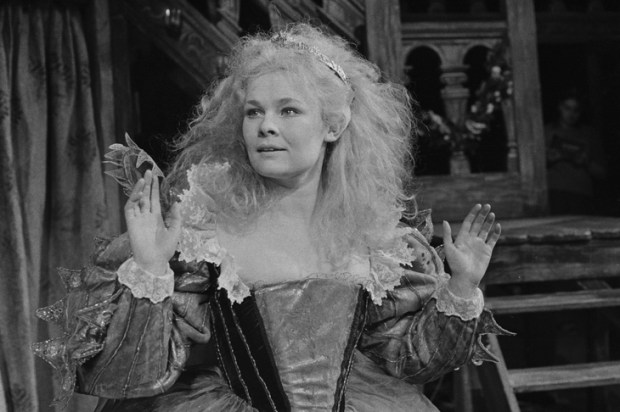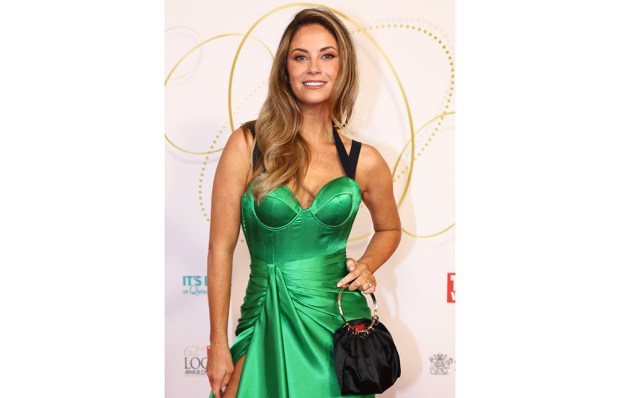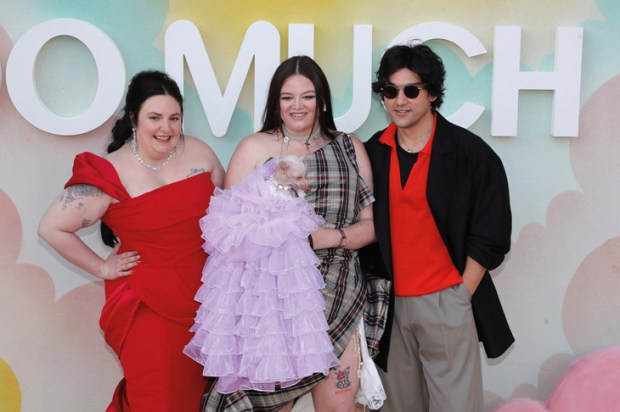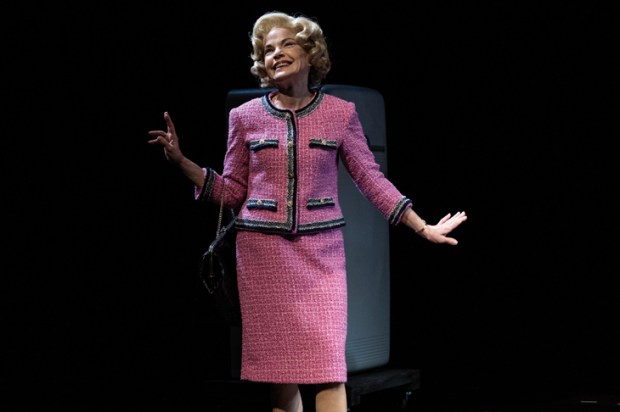So now Milan Kundera is gone at the age of 94. It’s easy to forget the tremendous weight, the sheer dynamism that he brought to the art of fiction, and the way he defied the horror of what the Soviets did to Eastern Europe and to Czechoslovakia in particular. It was as though he carried with him the full load of a nation’s tragic burden and used it to give colour and complexity to everything he touched. The Joke – arguably his greatest book – is burned through with the spirit of vengeance and this is, in turn, sexualised in a way that makes the reader gasp. The Book of Laughter and Forgetting is a ravishing suite of associated stories full of shaded tones and disjunctive counterpoints. The Czech Kundera had something of the muscle and intensity of the great Russian writers who defied Stalin, the Mandelstams and Akhmatovas as well as Pasternak. It was as if Kundera created an art that was wild with anger and tenderness and seemed to ride the contradictions of the world it inhabited. Is The Unbearable Lightness of Being an instance of a great writer imitating himself? It’s certainly a book that exhibits his dominant qualities with a sort of spectacular showcase effect but we’re lucky that it was filmed with Daniel Day-Lewis, Juliette Binoche, and Lena Olin because that will make it harder for the world to forget this lion of a writer. It’s interesting too that such a turbulent and sinewy writer as Kundera sought refuge in France and the way the great city of Paris accommodated him and at the same time – it’s no crime – allowed him to write out of a fraction of his talent. Literary editors from the other side of the world had to write to him in whatever French they could muster (as in get assistance with) and the replies would come back, signed by the great man but in a neat small ballpoint hand which you suspected was that of his wife Vera. And he became a master of elegant novels of ‘ideas’ as if what France had given him was a kind of afterlife – urbane, civilised, and ironic – but without the surge and fury of the Czech birthright that had made him such a mighty furnace of a genius.
It’s interesting that the Art Gallery of Ballarat has an exhibition of sketches and watercolours by the Pre-Raphaelites, so-called of course because this group of painters – Dante Gabriel Rossetti, Holman Hunt, and co took their bearings from the gorgeous beauty of Botticelli and the grandeurs of Masaccio in the fifteenth century rather than the titans who came later with Raphael, Michelangelo, and Leonardo. Christopher Allen suggests you can tell looking at these floridly exquisite watercolours, these saints and Christs and what have you, that they do not derive from nude modelling where the entire force of the body supports the stance, and no doubt he’s right.
And it’s also arguable that the sheer beauty –– like a sexual and infatuated idee fixe – in Botticelli is different from the Pre-Raphaelite sense of taste. Allen talks about ‘The Light of the World’ by Holman Hunt which there are sketches of here as congruent (for all its individualism) with a medieval dream of Catholicism. It was the great shaggy-dog man Robert Musil, the author of The Man Without Qualities, who said that in the nineteenth century, the heart controlled the mind the way a police force controls a city.
And this has application to the mock-Gothic dream of Catholicism with which the Pre-Raphaelites toyed. This was after all the period of the Gothic Revival and Pugin’s church architecture and his contribution to the Houses of Parliament. The great literary parallel to the Pre-Raphaelites is in fact in Tennyson’s Idylls of the King which includes that sublime poem ‘The Lady of Shallot’: Out flew the web and floated wide; / The mirror crack’d from side to side;/ ‘The curse is come upon me,’ cried / The Lady of Shalott.
Of course baby boomers and their predecessors were sometimes given hardback colour illustrated editions of the stories of King Arthur and the Knights of the Round Table – often like Puffin’s Roger Lancelyn Green retelling Malory but not simply. Then there is that extraordinary work, full of talking animals and Merlin’s magic, but also of the tragedy of Arthur, T.H. White’s The Once and Future King.
The alternate bit of British mythology was Robin Hood, the great outlaw of Sherwood Forest, shooting his arrows for justice and the restoration of Richard the Lionheart. There’s an early 50s Disney film with Richard Todd – of The Dam Busters fame who is also in Hitchcock’s Stage Fright – as Robin of Locksley and Peter Finch as the Sheriff of Nottingham. And of course, there’s the earlier Errol Flynn version with Basil Rathbone as the villain and directed by Michael Curtiz. Then there was a very long-running TV series with Richard Greene as a very urbane Robin and Australia’s Christina Stead, believe it or not, worked on the scripts. Did her leftism find solace in that chorus every child could sing: ‘Feared by the rich, loved by the poor’?
Outlaws bring to mind not only Australian bushrangers – Mick Jagger and Heath Ledger both had a go at Ned Kelly and then there’s Fred Schepisi’s The Chant of Jimmy Blacksmith – but there are also the figures of the American Wild West. Stan at the moment is showing Billy the Kid which is a very deft reimagining with a wonderful child actor Jonah Collier as the twelve-year-old Billy and a very credible recreation of a world of adulteries and lynchings and treachery.
It brought to mind that fine film by Peckinpah Pat Garrett and Billy the Kid. Both James Coburn as Garrett and Kris Kristofferson as Billy act like archangels. The one person Peckinpah can’t get an iota of a decent performance out of is Bob Dylan who’s there simply because he wrote that ravishing theme song ‘Knockin’ on Heaven’s Door’ together with the rest of the rather fine score. Something else Billy the Kid devotees might want to get their hands on is Larry McMurtry’s knockout of a book, Anything for Billy.
Got something to add? Join the discussion and comment below.
You might disagree with half of it, but you’ll enjoy reading all of it. Try your first month for free, then just $2 a week for the remainder of your first year.













